Popular on Food52
Continue After Advertisement
7 Comments
Grace Y.
March 19, 2015
Zelda, If you're cooking on a "gentler heat" like medium you're sautéing and not stir-frying. Stir-frying is done on high heat so that ingredients can sear quickly and cook evenly as they're tossed and tumbled in the wok.
Zelda
March 19, 2015
Yes, it's easier for me because I can be inattentive in the kitchen! The results are quite satisfactory, though. The veg remains crisp and colourful, and a splash of mirin towards the end adds a nice sheen. I love Chinese cuisine, but it can be quite labour intensive, which is why I'm always thinking of lazy ways to achieve the flavours and textures!
Grace Y.
March 18, 2015
whoops, meant to write, "when you use it for dipping bread..." Also, should've added that when you preheat the wok on HIGH heat and add extra virgin olive oil it smokes wildly.
pattyrat
March 18, 2015
It's so frustrating to see food-related sites and articles that still perpetuate the myth that extra-virgin olive oil does not have a high smoke point. Tests have shown that high quality extra virgin olive oil actually has a very high smoke point - one of the highest of all oils - and cooking with it does not destroy its nutritional benefits, another popular misconception.
Bekabam
March 18, 2015
Patty I'm sorry you feel that way, but there is no source that I can find that says what you do about olive oil. Even high quality olive oils found in the US can not go over 400-degree F (normally more like 375-degrees F). Compare that to Peanut Oil which smokes at 450-degrees F
I'd take time out to read this very detailed guide by SeriousEats (Link: http://www.seriouseats.com/2014/05/cooking-fats-101-whats-a-smoke-point-and-why-does-it-matter.html) if you want to know more.
I've never seen this been called a "myth" by anyone but you. It's just basic chemistry, nothing more. And I don't think anyone is talking about nutritional facts here, they're just saying that if the oil smokes away then it will be useless in frying the vegetables at the needed heat.
I'd take time out to read this very detailed guide by SeriousEats (Link: http://www.seriouseats.com/2014/05/cooking-fats-101-whats-a-smoke-point-and-why-does-it-matter.html) if you want to know more.
I've never seen this been called a "myth" by anyone but you. It's just basic chemistry, nothing more. And I don't think anyone is talking about nutritional facts here, they're just saying that if the oil smokes away then it will be useless in frying the vegetables at the needed heat.
Grace Y.
March 18, 2015
Patty, I did extensive research on cooking oils for my cookbook, Stir-Frying to the Sky's Edge. All the information I found says that extra-virgin olive oil has a low smoking point which is why you'll experience the best flavor when you it for dipping bread or drizzling it on salad greens. But regardless of what the information says, when you heat a wok and add extra-virgin olive oil it smokes wildly, an indication that you've broken down the chemical structure of the oil. This will not happen if you use an oil with a high smoking point.
Zelda
March 19, 2015
I have used olive oil for stir frying veg with good results. However, a mild and light olive oil has a more neutral taste that will not fight with other strong flavours if eating the veg as part of a Chinese meal. When I say stir fry, I do not heat the oil in a wok until it smokes. I heat it to medium in a heavy bottomed pan that distributes heat evenly without overheating. I find that the gentler heat complements veg, which does not benefit from a 'sear' like meat. It just needs to cook evenly until you get 'tender crisp', still vibrantly coloured, bright tasting veg.

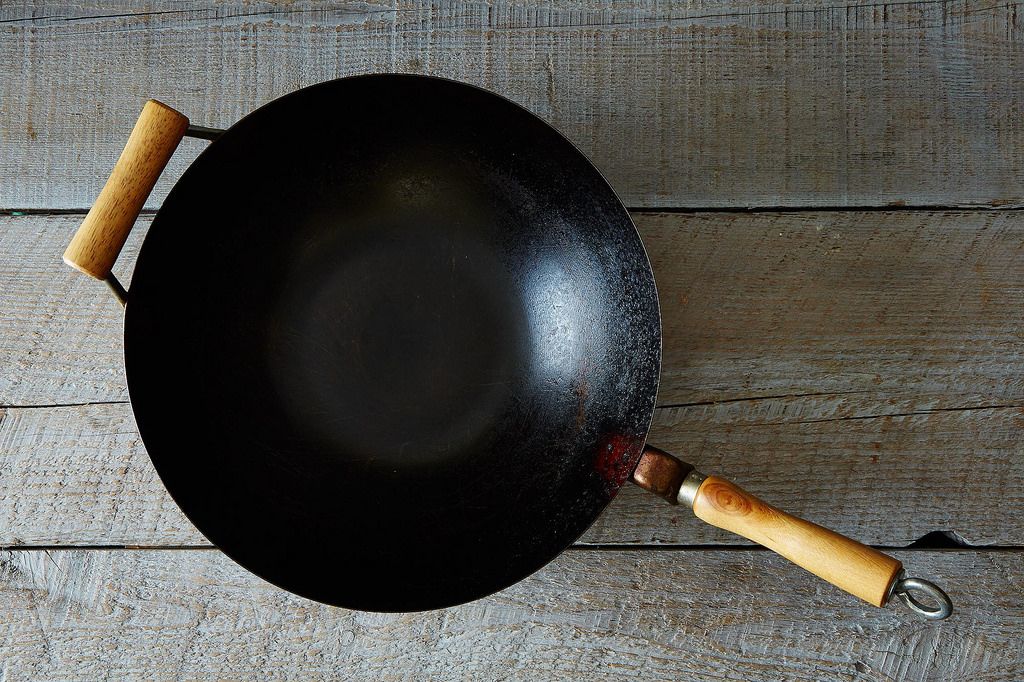
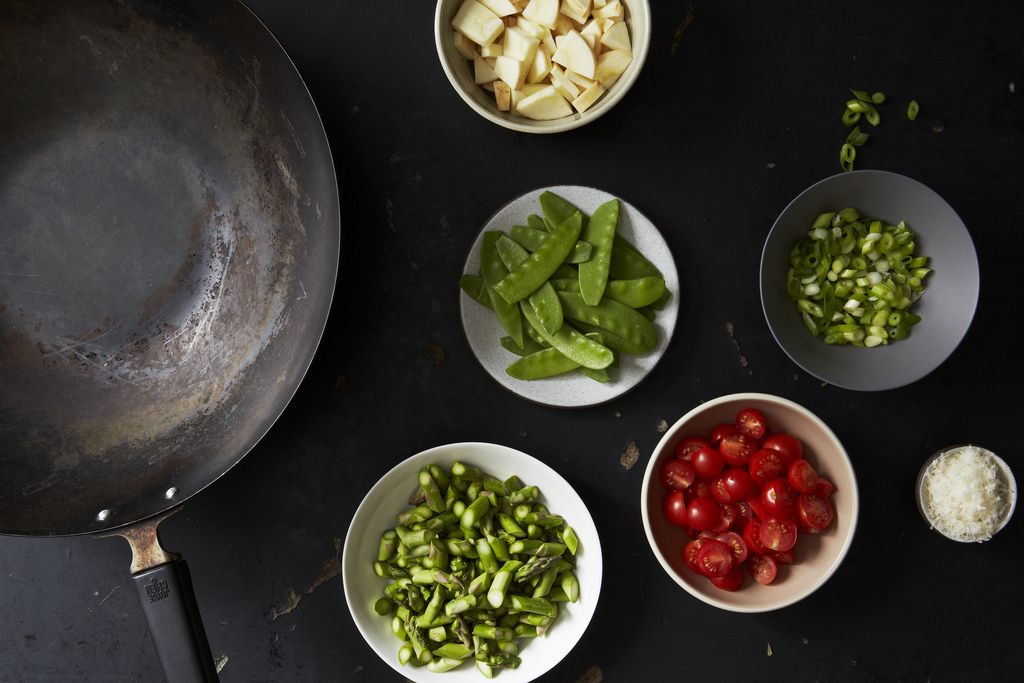
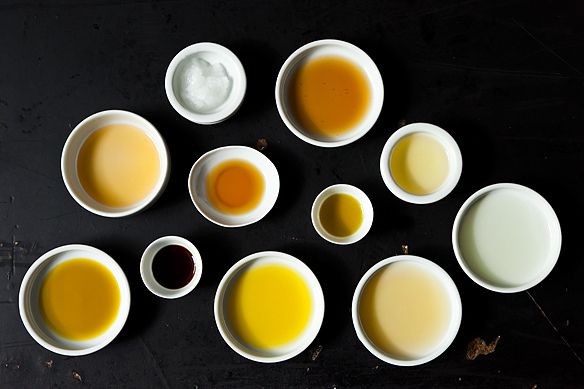
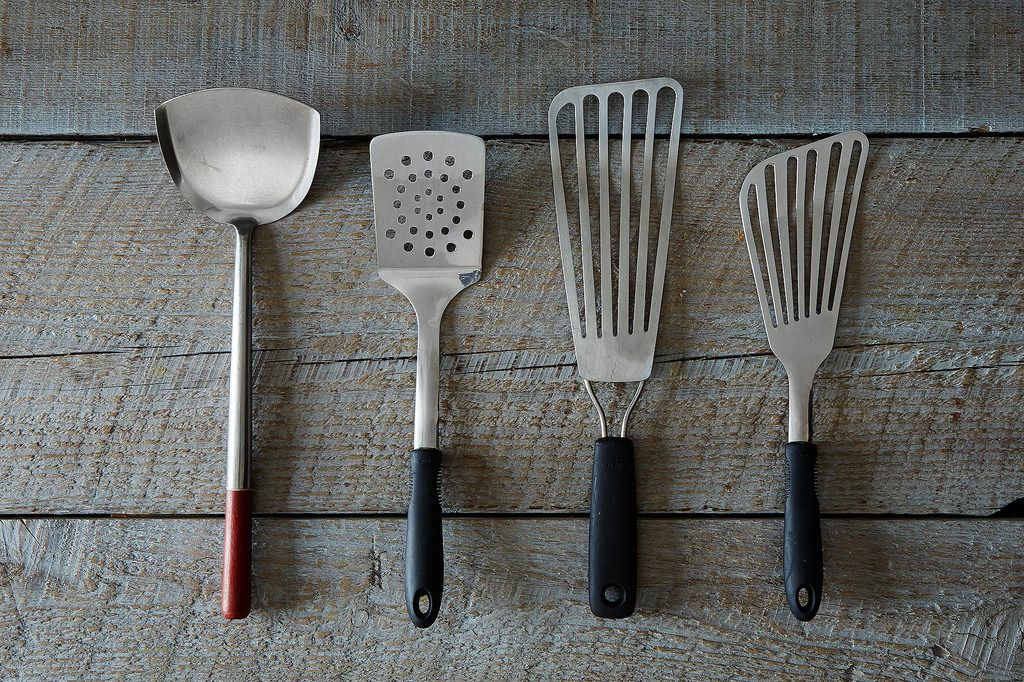
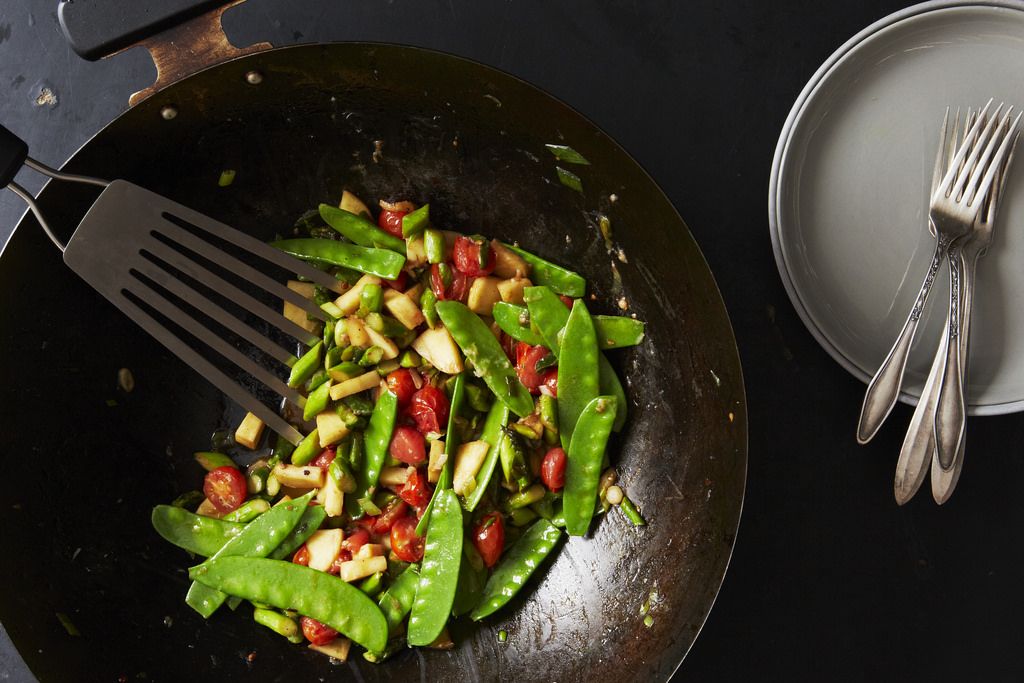

See what other Food52 readers are saying.